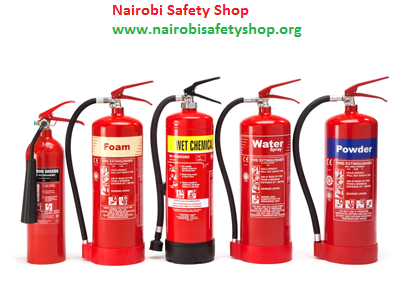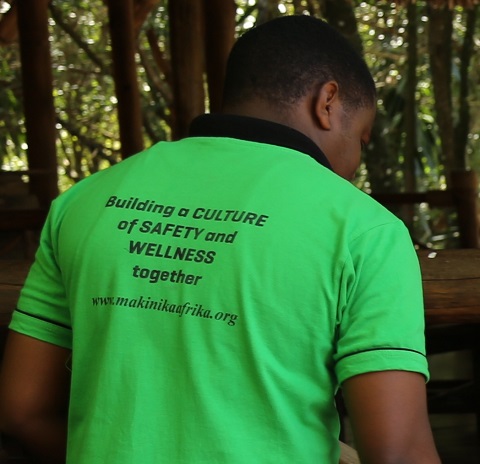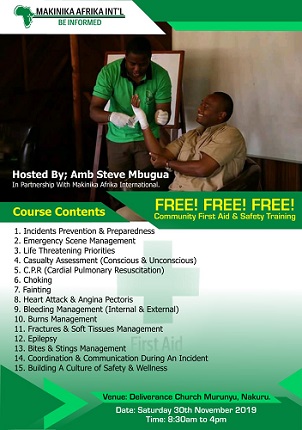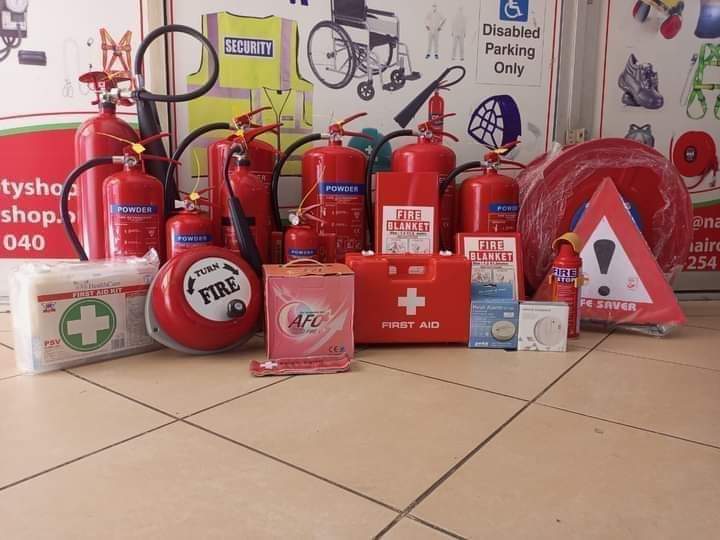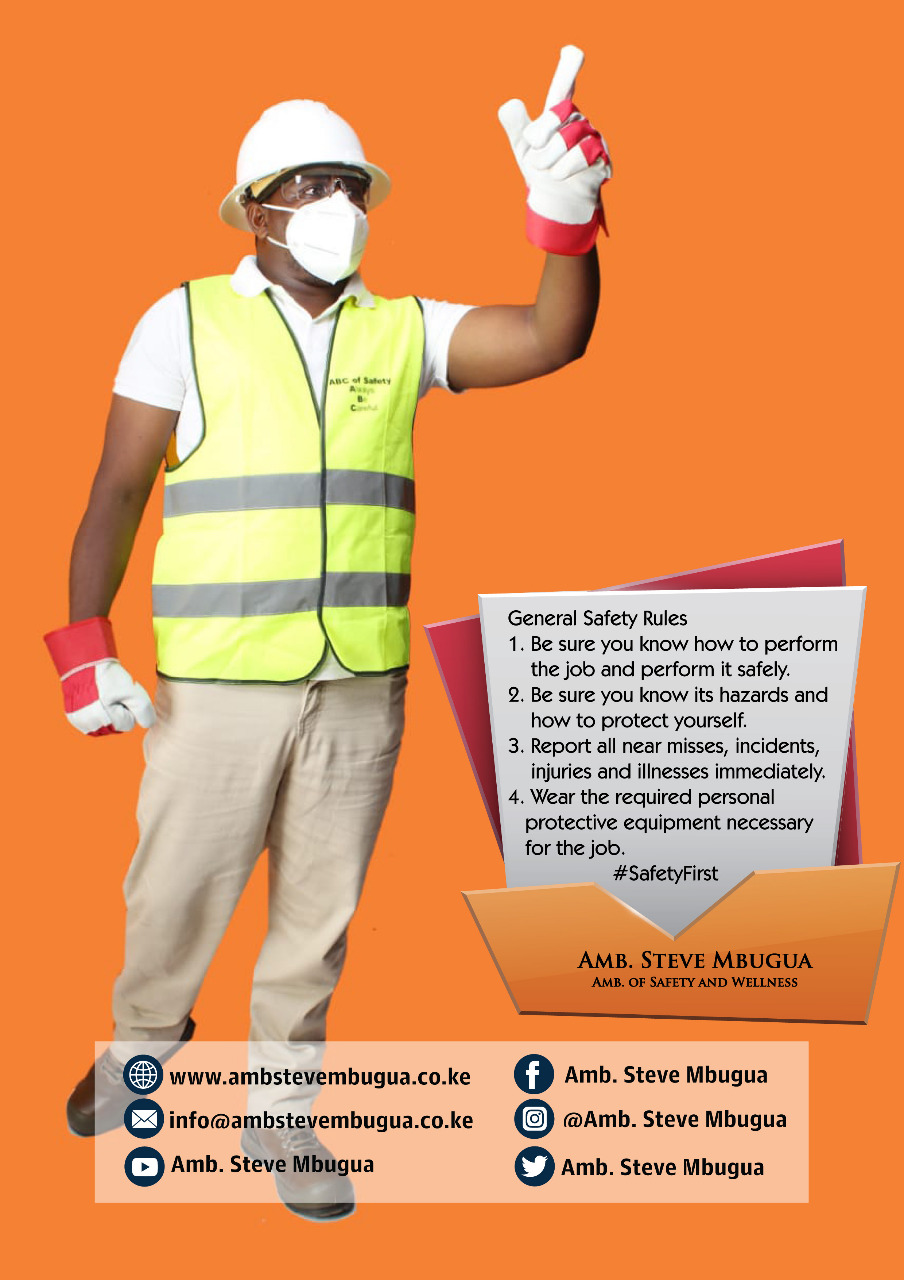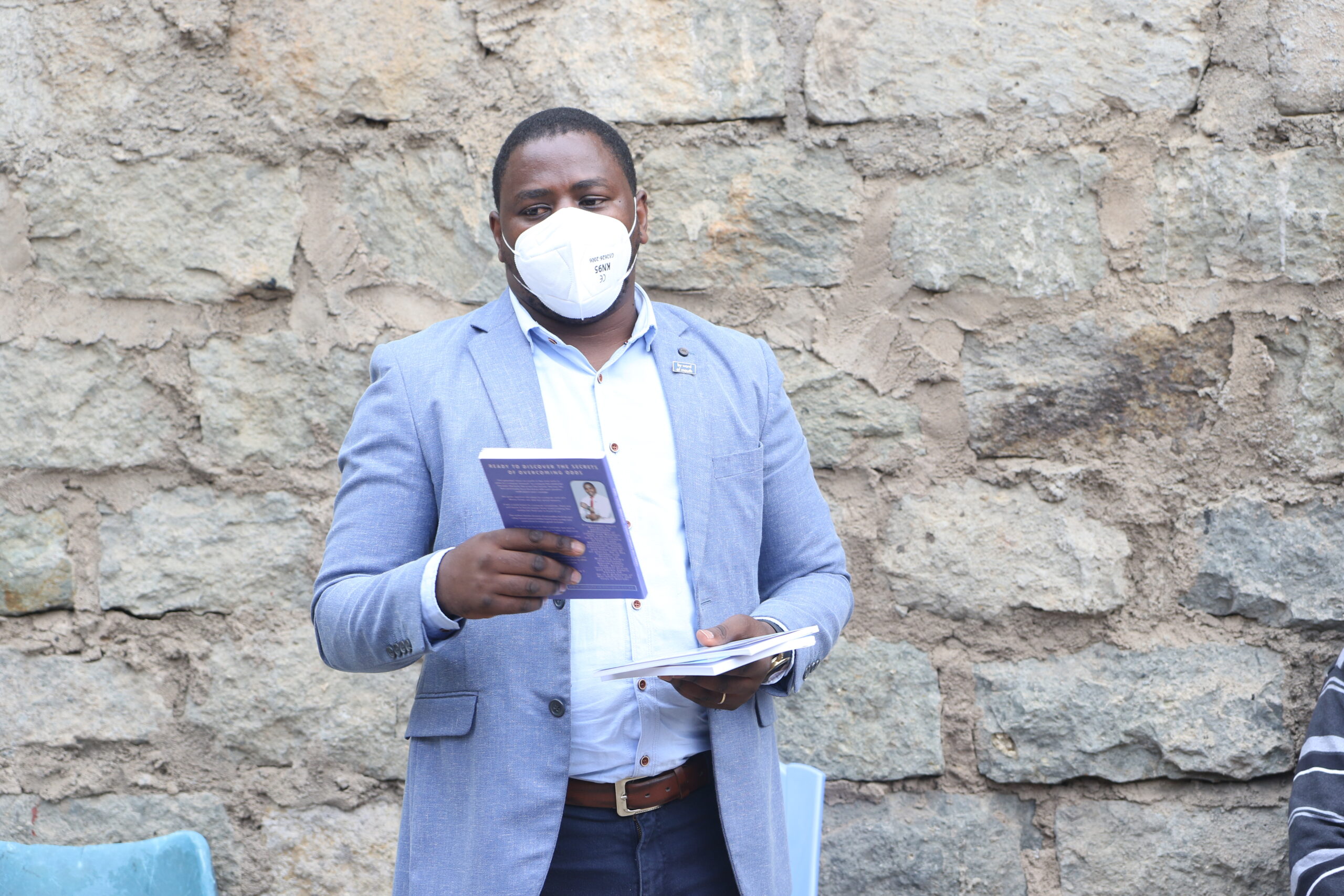In the last few years, hundreds of School Fire incidents have been reported in the country and the trend has been alarming. A lot of opinions and recommendations have been shared on the causes and on the way forward. During my Fire Safety awareness sessions at Inooro Tv Kenya, Family Tv, Seminars , conventions, School training and other forums, majority of the people share the fact that thy don’t have any idea on what to do in case of fire.
The solution to this is finding the root cause and addressing it,and, creating awareness on fire safety with special focus on prevention and response procedures.
Most of these incidents have been reported to have been caused by electric fault, arsonists and negligence. The tips below will provide you with basic awareness of fire safety at the learning institutions. Please study it carefully. These are all relatively straight forward matters but they are vitally important.
Fire is one of the major safety risks for learning institutions and any other workplace. Even if everyone escaped from a building, a fire could have a devastating effect on the business of the learning institutions.
Here are some measures to reduce the risk from fires:-
• Buildings should be designed and managed to reduce the likelihood of fires starting.
• Fire warning systems should be provided like smoke and fire detection and alarm systems.
• Each building has a fire action plan to ensure its prompt evacuation.
• Signposted escape routes provide quick and safe routes out from buildings.
• Fire fighting equipment is provided for tackling small fires. They should be regularly inspected.
. Members of staff and some students to be taken through a Fire Safety training.
• The institution’s fire safety arrangements to be regularly reviewed by fire safety experts.
• Members of staff to be made aware of fire safety matters so they can play their role in the institution’s fire safety arrangements and organize fire drills annually to test those arrangements.
Causes of fires
School Fires are not common occurrences but they do happen from time to time.
The main causes of fires in learning institutions have been:
• Deliberate fire raising (usually involving children or young adults and combustible waste
which has been put out for disposal)
. Arsonists
• Discarded smoking materials
• Electrical faults
• Portable heaters
• Cooking (which has been left unattended)
• Contract or operations (such as welding and other hot works)
• Laboratory experiments using highly flammable materials.
What to do if you hear the fire alarm
If you hear the alarm you should always assume that there is a fire somewhere in the building.
1. Commence evacuating the building quickly and calmly
2. Warn others in the vicinity, on their beds, in toilets and bath rooms.
3. Close any doors behind you but do not lock
4. Go to the assembly point.
Disabled persons
Some disabled people might need assistance if they cannot use the stairs unaided. Arrangements need to be made in advance to provide this assistance.
This is usually through the preparation of a Personal Emergency Evacuation Plan (or “PEEP”) for the individual. For disabled students, contact Student Support. For disabled members of staff and visitors, contact the School’s Fire Safety Adviser.
Fighting a small fire
Use Powder and other types of extinguisher. Some areas also have water type extinguishers all depending with the potential class of fire and as advised by Fire Safety Advisers.
WARNING – do not use foam or water on electrical fires. Carbon dioxide extinguishers are provided for this purpose.
A fire needs a source of heat, fuel and oxygen to start.
Preventing these components coming together in an uncontrolled manner prevents fires starting. Removing one of the components will result in the fire being extinguished. This is the basis on which fire extinguishers work.
It is important to have the appropriate signage as they will guide the students and other stake holders incase a fire incident occurs.
Fire fighting requires the basic fire safety skills and courage. Always assess for your safety before tackling the fire.
In fighting a small fire, if you have any doubts about your personal safety or if you lack confidence in using an extinguisher, leave the fire and GET OUT and STAY OU T (and remember to close the door behind you).
Follow this link to learn how to extinguish a fire https://youtu.be/MZVpCDgx2Zs
And finally….. .Take a few minutes NOW to:
• Identify your nearest means of escape along with an alternative escape route;
• Find the nearest fire alarm call point;
• Determine where the assembly point is for your building (it will be described on the Green FIRE notices in the building).
You will then be in a better position to respond if there were to be a fire in the building where you work.
You should note that fire alarms in all buildings are tested regularly. This will give you the opportunity to become familiar with the sound of the fire alarm in your building.
If you have any questions, in the first instance contact your supervisor or your local safety adviser.
Fire prevention is better than fire fighting. It is necessary to contact a Fire Safety Adviser to help you conduct a Fire Risk Assessment and develop procedures for both preventive and response measures.
School Management should ensure that proper fire safety measures have been put in place. As the Makinika Afrika Safety team, we help schools to conduct Fire safety training and awareness, design, Fire action plan, Emergency Action plan, Advise on the appropriate Fire extinguishers, install/mount the necessary and appropriate fire signages and provide Safety charts for students.
Remember, Fire Prevention is Better than Fire Fighting
Please contact Makinika Afrika today via www.makinikaafrika.org or a info@makinikaafrika.org , call 0204403040/0735980040 or contact me directly through mbuguasteve84@gmail.com or call 0724036078. Let us join hands to build a culture of safety.
This link contains hundreds of Fire Safety Videos, Please click, like and share https://www.facebook.com/makinikaafrika.org/
#FireSafety #SchoolSafety


